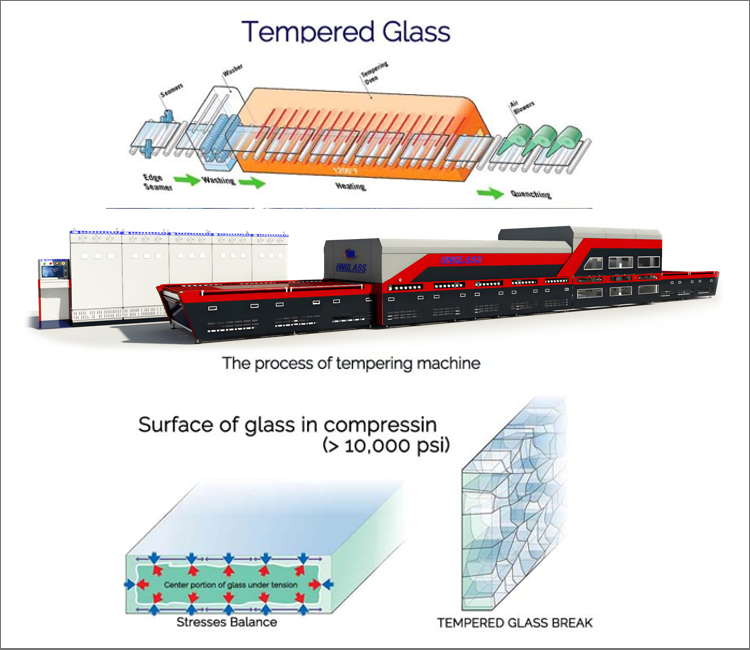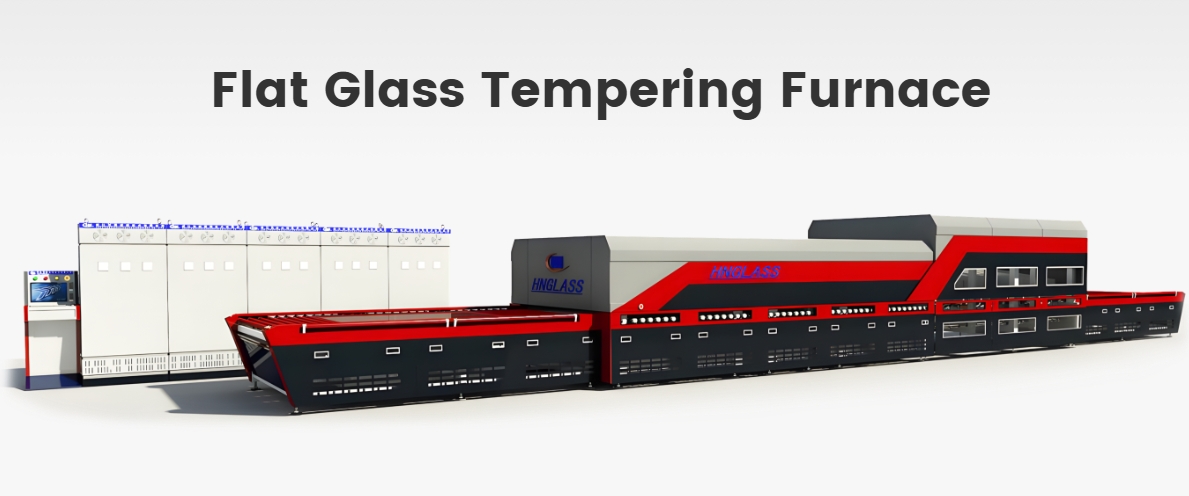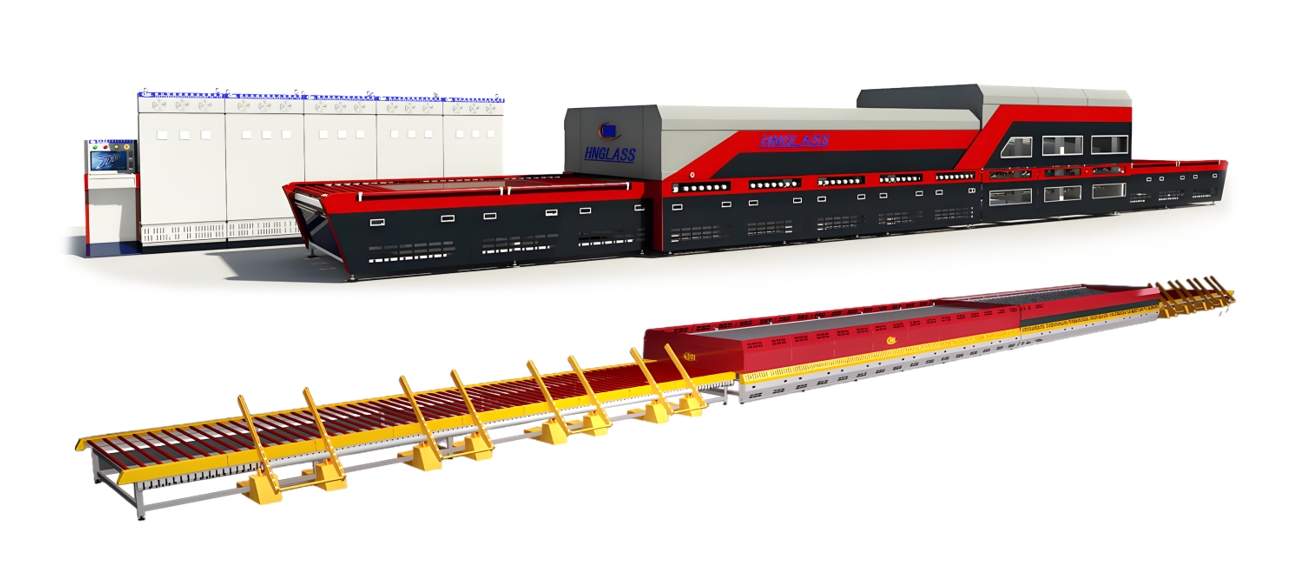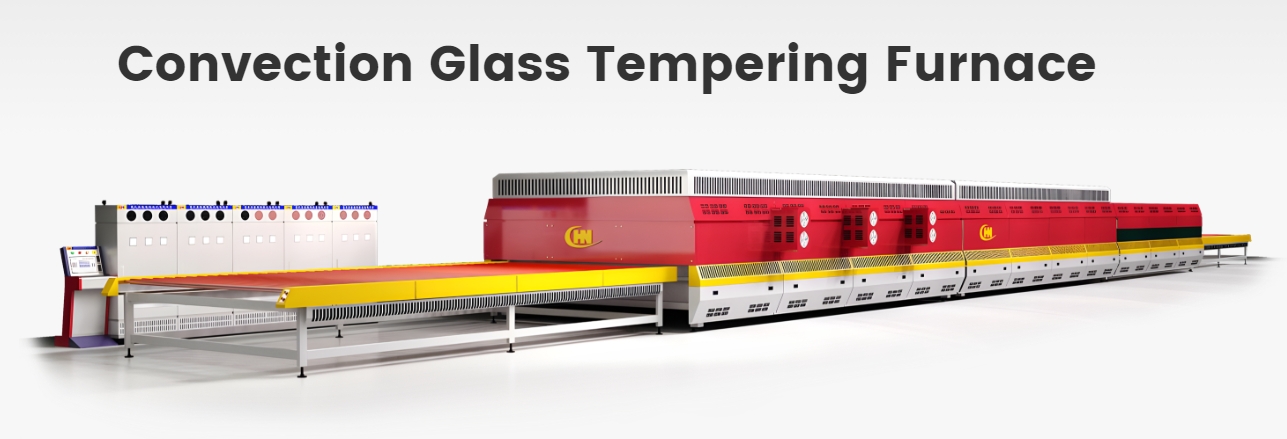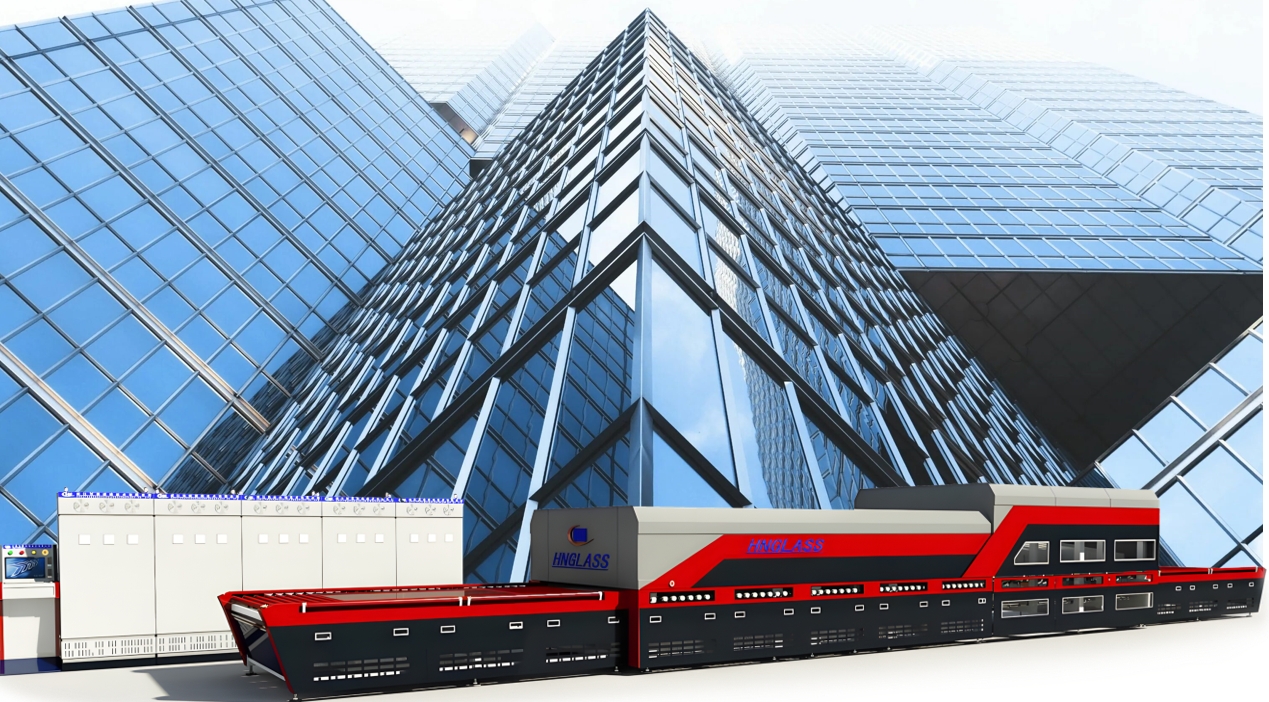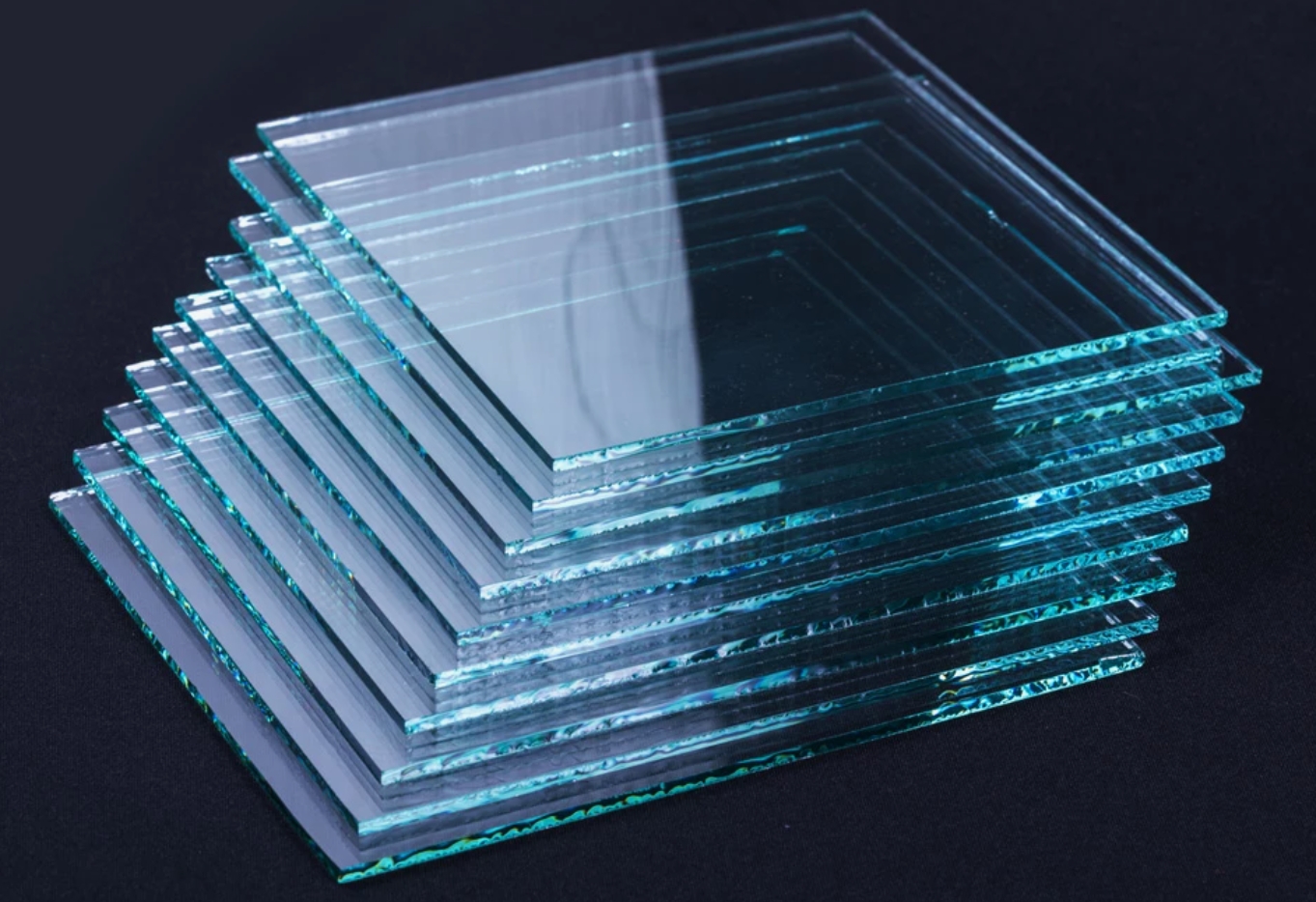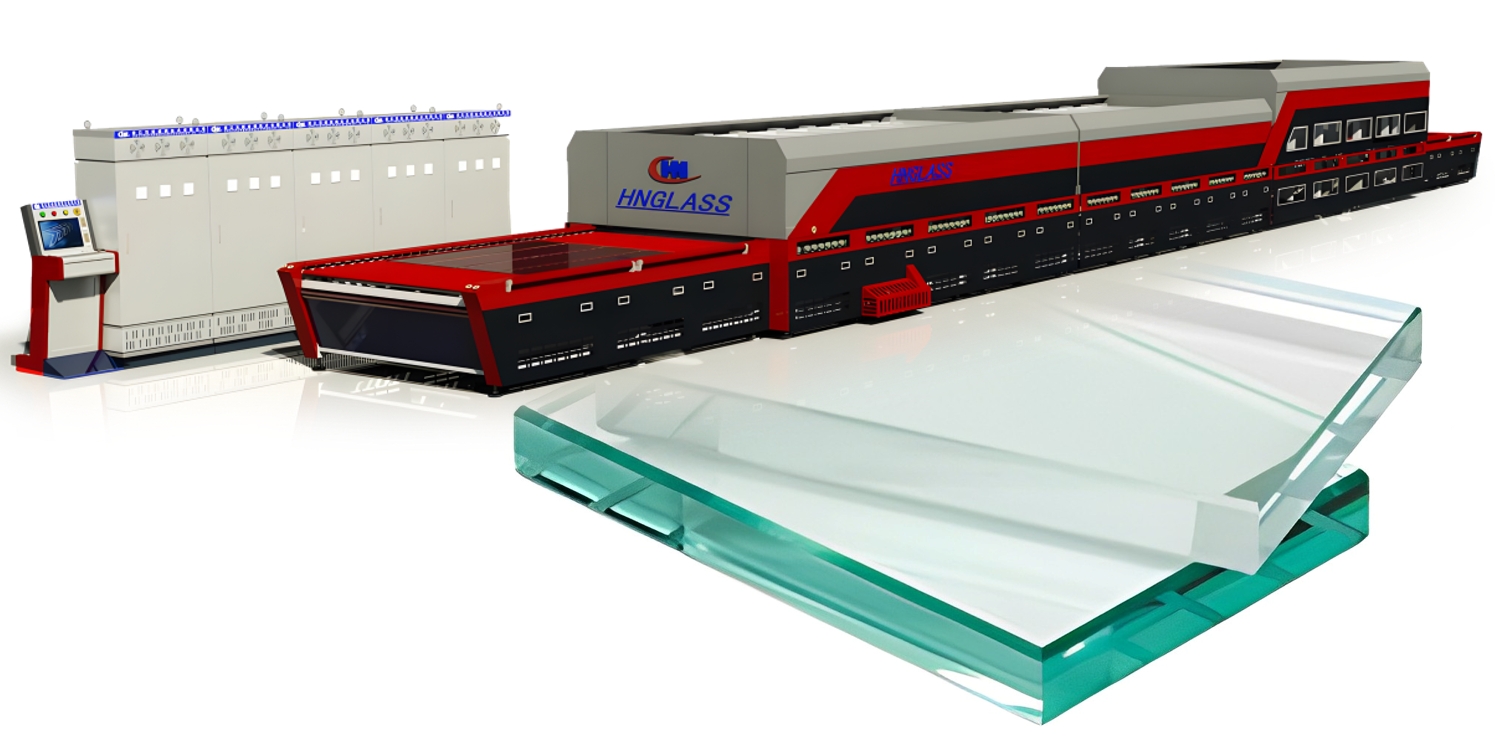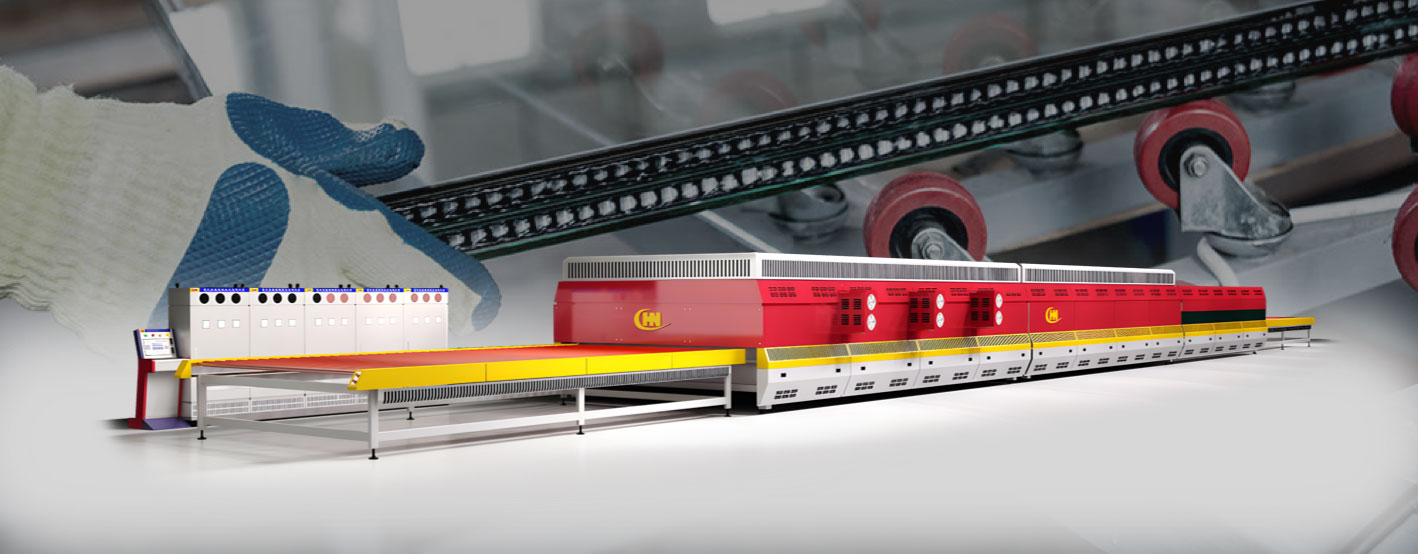Glass tempering is a fascinating process that transforms ordinary glass into a strong, durable material suitable for a wide range of applications, including safety and toughened glass. This process significantly enhances the strength of glass, making it up to four times stronger than annealed glass. Let's explore how glass tempering works, the steps involved, the essential role of glass tempering furnaces, and why this process is crucial in modern glass manufacturing.
What is Glass Tempering?
Glass tempering is a heat treatment process that alters the physical properties of glass, making it more resistant to impact and thermal stress. This process involves extreme heating followed by rapid cooling, which induces compressive stress on the surface of the glass and tensile stress within its core. These stress layers are what give tempered glass its remarkable strength and heat resistance.
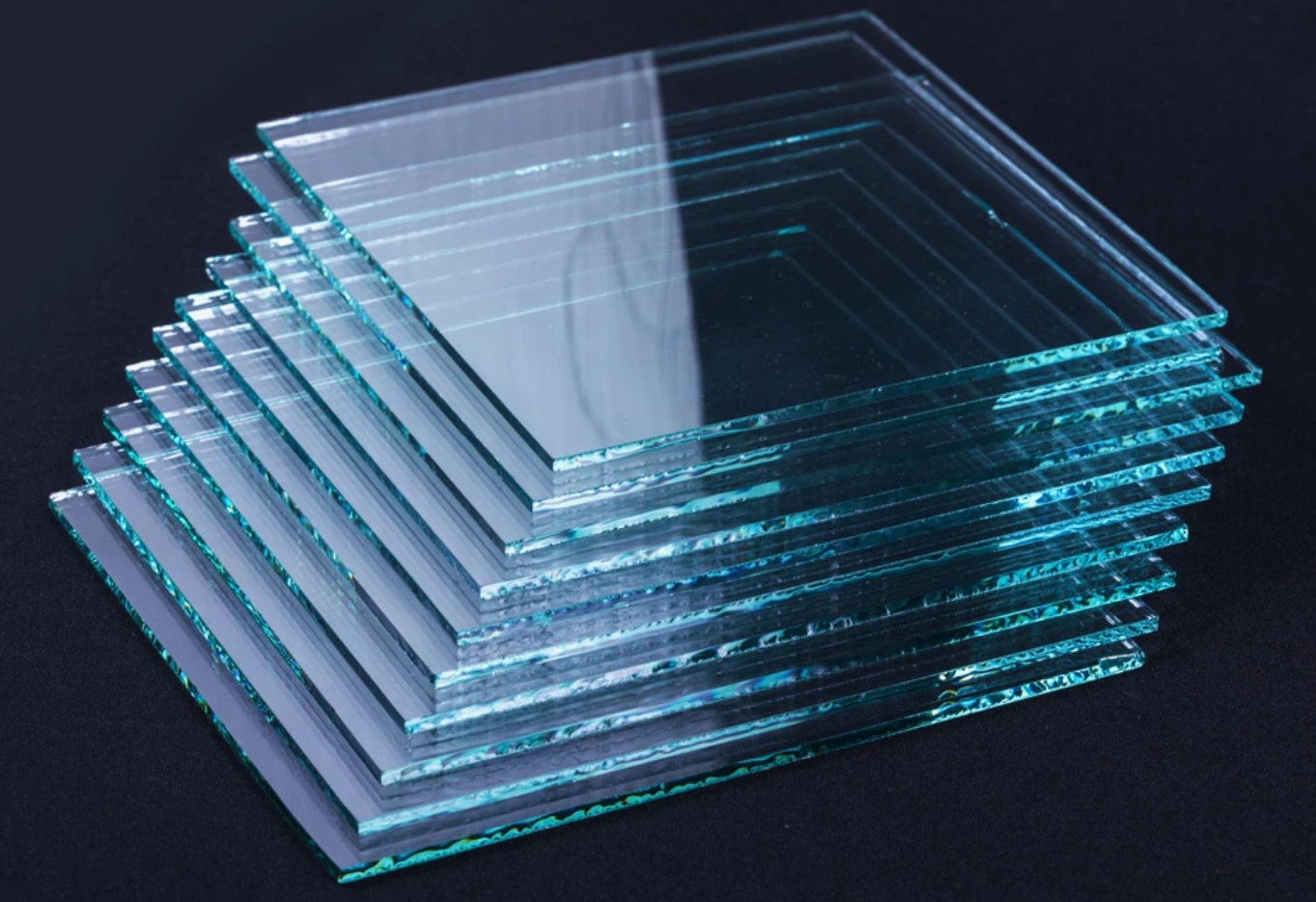
How Does the Tempering Process Work?
The glass tempering process consists of several critical stages, including heating, quenching, and cooling, primarily facilitated by advanced glass tempering furnaces.
- Heating in the Tempering Furnace: The process begins with the glass being placed in a specialized glass tempering furnace. This furnace heats the glass to temperatures of approximately 600-700°C (1,100-1,300°F), softening it without melting. Tempering furnaces are equipped with precise control systems that ensure uniform heating across the entire surface of the glass, which is crucial for achieving the desired tempering effect.
- Rapid Cooling with Air Blasts: After the glass reaches the required temperature, it undergoes rapid cooling, or quenching, using high-pressure air blasts. This cooling process is carried out in the quenching section of the furnace, where an array of nozzles directs cool air onto the surface of the glass. The outer surfaces cool much faster than the inner layers, creating a balance of compressive and tensile stress.
- Formation of Compressive Stress: As the glass is quenched, the outer layers solidify quickly, while the interior remains slightly pliable. The rapid cooling causes the outer surfaces to contract and harden faster than the center. This difference in cooling rates creates compressive stress on the surface of the glass and tensile stress inside, significantly increasing its strength and durability.
The Role of the Glass Tempering Furnace
A glass tempering furnace is the core equipment in the glass tempering process. This high-tech machine plays a crucial role in ensuring that the glass is heated uniformly and rapidly cooled to achieve the desired mechanical properties. Here are some key features and components of a glass tempering furnace:
- Heating Section: The furnace's heating section uses advanced heating elements to uniformly heat the glass. Precision control over temperature ensures that each piece of glass reaches the optimal tempering temperature.
- Quenching Section: The quenching section is equipped with an array of nozzles that deliver high-pressure air blasts. These air blasts are carefully controlled to cool the outer surfaces of the glass rapidly, which is essential for creating the stress layers that give tempered glass its strength.
- Control System: Modern tempering furnaces are equipped with sophisticated control systems that monitor and adjust temperature, air pressure, and timing throughout the process. This level of control ensures consistent quality and performance in the tempered glass.
- Customization and Versatility: Tempering furnaces can be tailored to accommodate different glass sizes and thicknesses, making them versatile for a wide range of applications, from thin window glass to thick, high-strength panels used in architecture.
Key Features of Tempered Glass
- Strength: Tempered glass is several times stronger than regular annealed glass due to the compressive and tensile stresses introduced during the tempering process. This makes it an ideal choice for applications requiring additional strength and durability.
- Safety: When tempered glass breaks, it shatters into small, relatively harmless pieces rather than large, sharp edges. This characteristic reduces the risk of injury, making tempered glass an excellent choice for safety applications.
- Heat Resistance: The tempering process enhances the glass's ability to withstand temperature changes, making it highly heat-resistant compared to regular glass. This property is crucial for applications such as oven doors and heat shields.
- Wide Range of Applications: Tempered glass is used in various applications, including automotive windows, shower doors, architectural glass, and many other areas where safety and durability are crucial.
Applications of Tempered Glass
Tempered glass is widely used in situations where the safety, strength, and heat resistance of glass are paramount. Common applications include:
- Safety Glass: Used in vehicles, windows, and doors, tempered safety glass provides added protection due to its shatter-resistant properties.
- Toughened Glass: Used in high-stress environments like facades and balconies, toughened glass can endure high pressure and impact without breaking.
- Heat-Resistant Glass: Employed in situations where the glass is exposed to extreme heat, such as in kitchen appliances and industrial applications.
Conclusion
Glass tempering is a transformative process that enhances the physical properties of glass through extreme heating and rapid cooling in a glass tempering furnace. The result is a product that is stronger, safer, and more versatile than standard glass. The precision and technology of the tempering furnace ensure that tempered glass will not only withstand impacts but will also break into small, relatively harmless pieces if shattered. This makes tempered glass an invaluable material in a wide array of applications, from everyday household items to critical safety applications.
Whether you're looking for safety, durability, or heat resistance, tempered glass is the go-to choice for industries worldwide, thanks to the ingenious and highly effective tempering process facilitated by advanced tempering furnaces.
